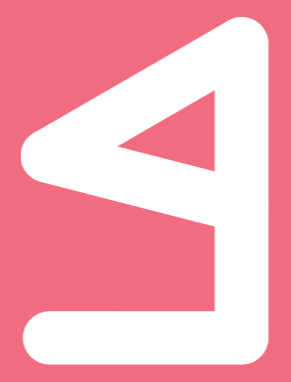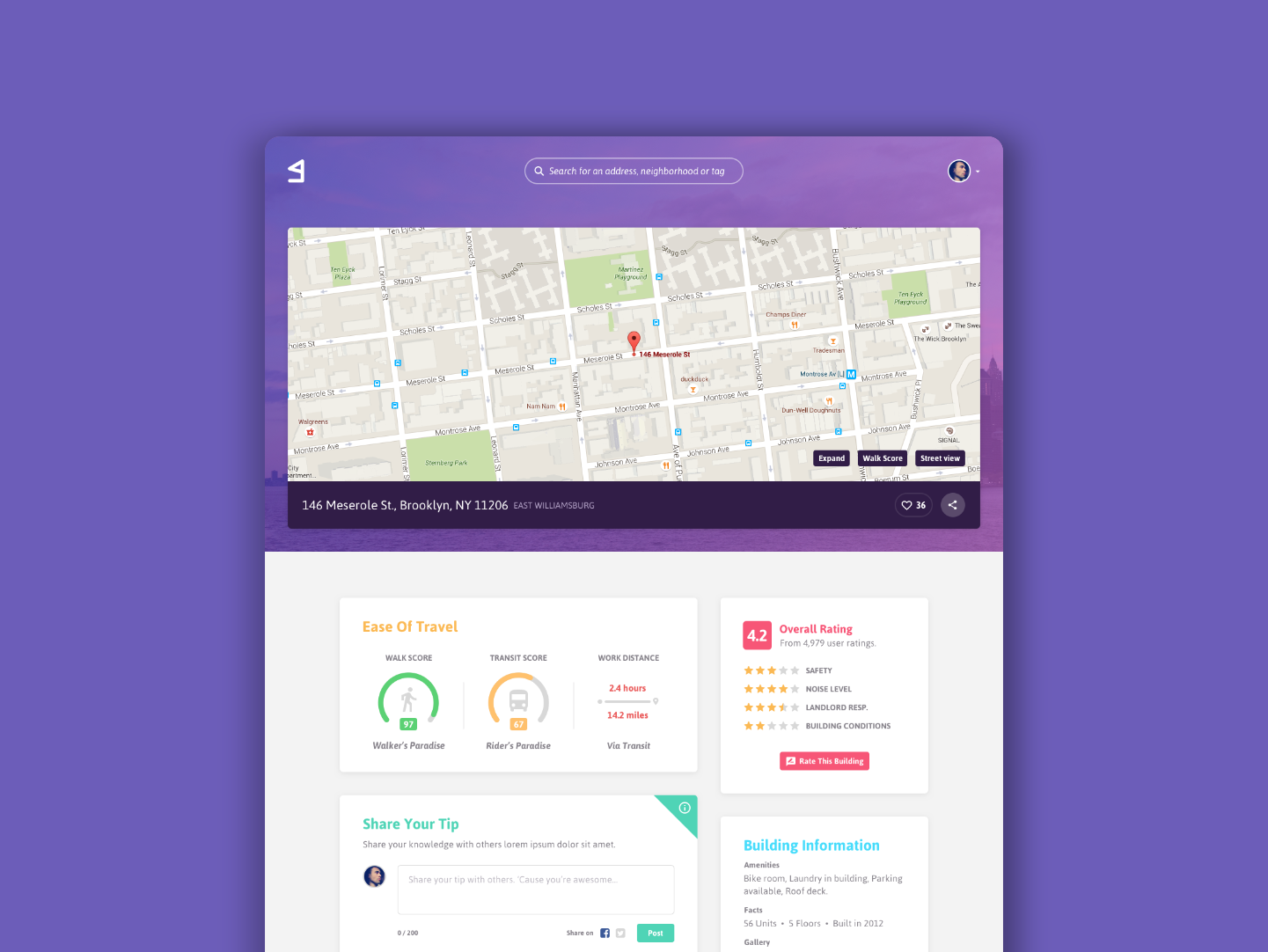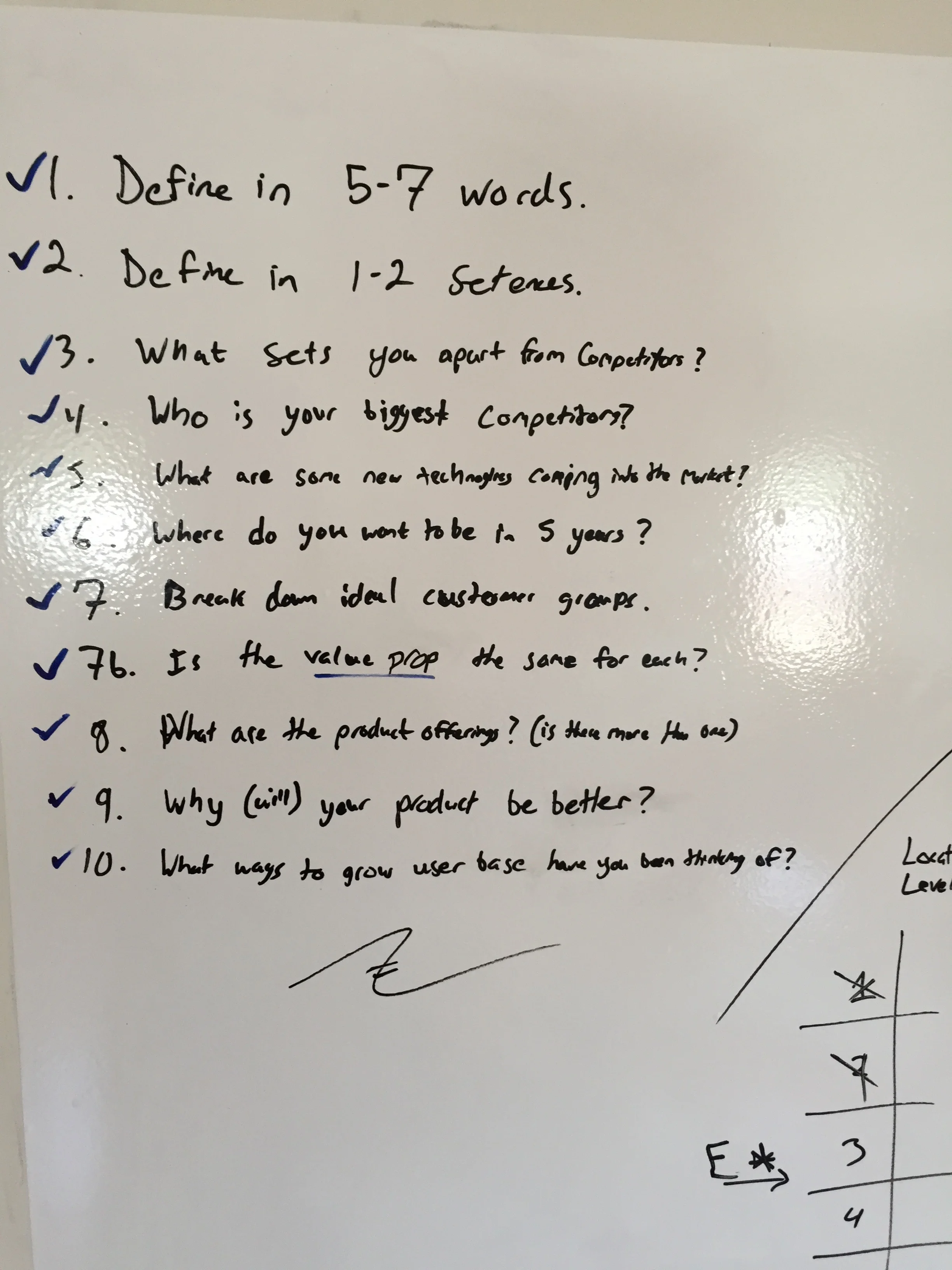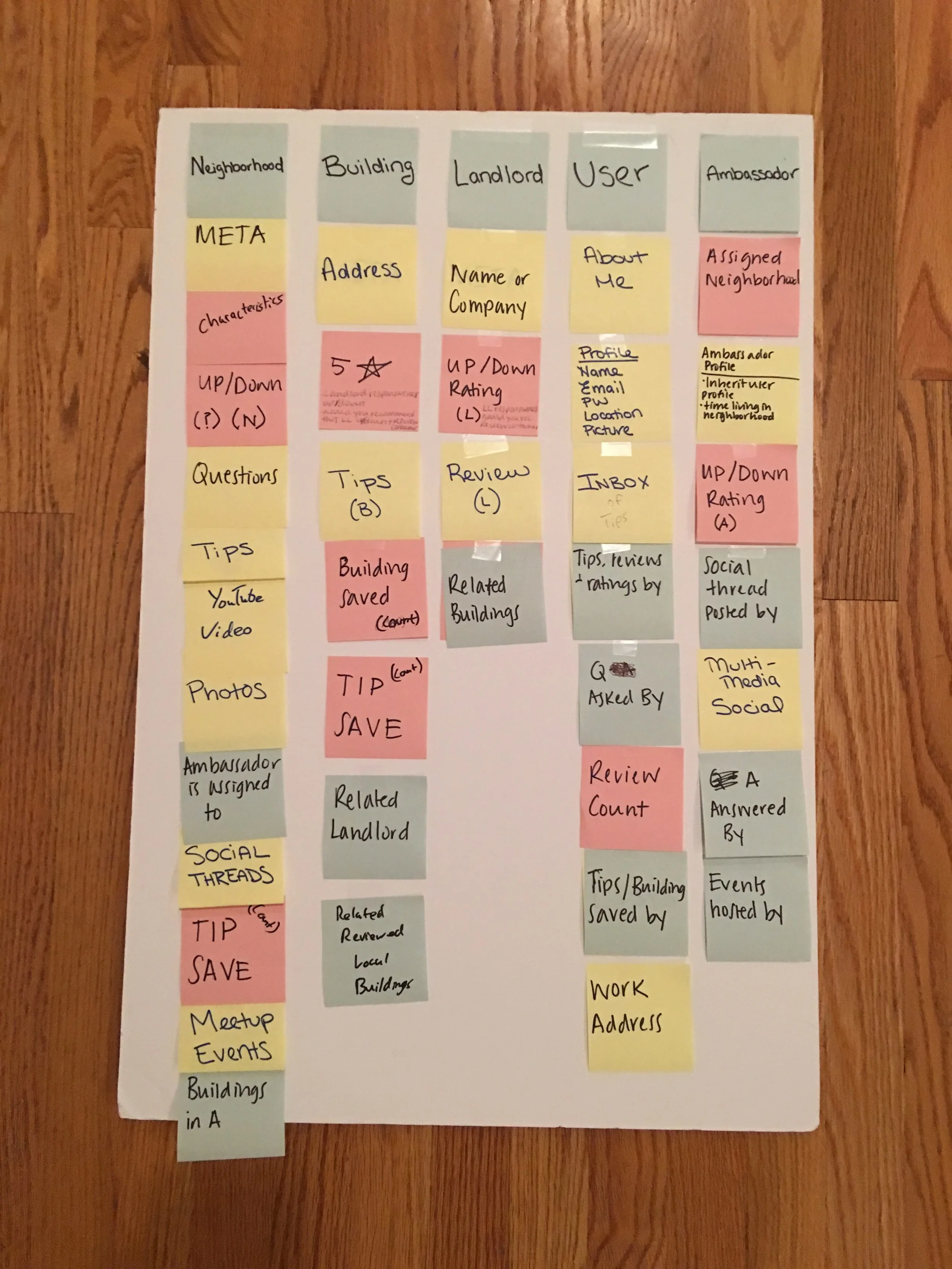
Cohabz
— Written 2018 —
A neighborhood discovery guide designed to create transparency in the NYC rental market. The social driven platform allows anyone to pay it forward by giving tips to city newcomers about specific neighborhoods, apartment buildings, and landlords.

MY ROLE
As a passion project for an altruistic Brooklyn woman, I was hired as a contract Product Manager for a web app. I worked with the stakeholder and product designer to expand the product vision from landlord review site to a sticky city guide social platform. I managed the product as it passed through the various stages of vision, user interviews, strategy, design, and initial MVP.
My responsibilities extended to coordinating a diverse remote team that spanned timezones. Even though the stakeholder has decided to hold-off on the product, the platform has made it from idea to beta launch.
PRODUCT
The complete vision for the platform is made up of two major aspects – neighborhoods and buildings. The neighborhood sections is a place for users to have a high-level description of the area, see visuals, exchange tips, ask questions, and see community events. The building section allows users to dive into a specific apartment building to understand transportation, exchange insights, and give feedback about the landlord.
EVOLUTION
When the stakeholder first discussed her thoughts on the product, the focus was on reviewing landlords as a way of adding transparency prior to signing a lease. The concept had positive feedback during initial user surveys, which helped push the evolution of the product. Research showed a handful of solutions with similar features that never fully got off the ground prior to launch.
On our path to an interactive mockup, it was clear there was still too many assumptions with high risks. We decided to approach our problem with a different method and used a design philosophy called Object-Oriented UX (OOUX), which puts object design before procedural action design, and enables you to think about a system through the lens of the real-world objects.
The success of this exercise allowed us to fully group think through all aspects of the platform. We were able to grow the original idea into a product that was capable of having regular engagement. By focusing on neighborhoods, the stakeholder was able to pre-populate the platform with content prior to launch.
We restructured the platform to drill down from neighborhood to buildings to landlords. This system enabled us to overcome a challenge; we lacked a database of NYC buildings, apartments, and landlords. Instead it encouraged users to input for addresses, which we dynamically indexed upon search with the help of address autocomplete. I also conceptualized a slow drip of known address into the database, which dynamically generated and helped establish SEO ranking for individual locations without being falsely identified as spam.
KEY TAKEAWAYS
- As a product from early in my Product Management career, it taught me the importance of understanding defining the scope of the product.
- This process taught me how to balance the creation of a complete "perfect world" product while understanding what features are required for a successful MVP.
- Strengthened my understanding of UX, giving me the ability to work start to finish with a talented Product Designer who helped to push the product vision forward.
- How to best manage a remote engineer team when the individuals are hard to reach and lack communication and progress.
- How product management and product ownership contrasts to project management within an agency.






